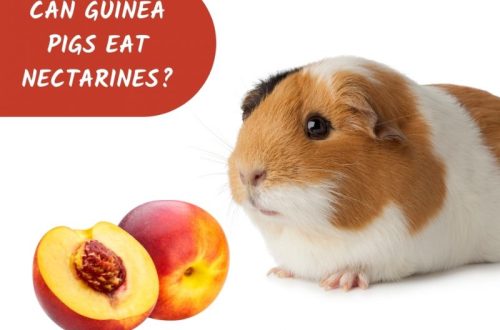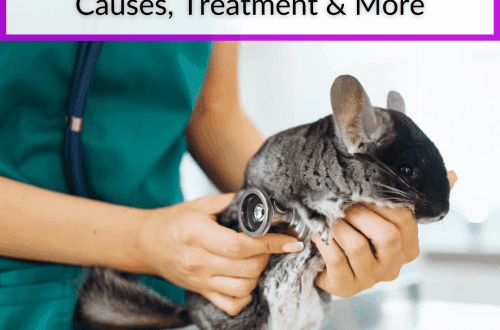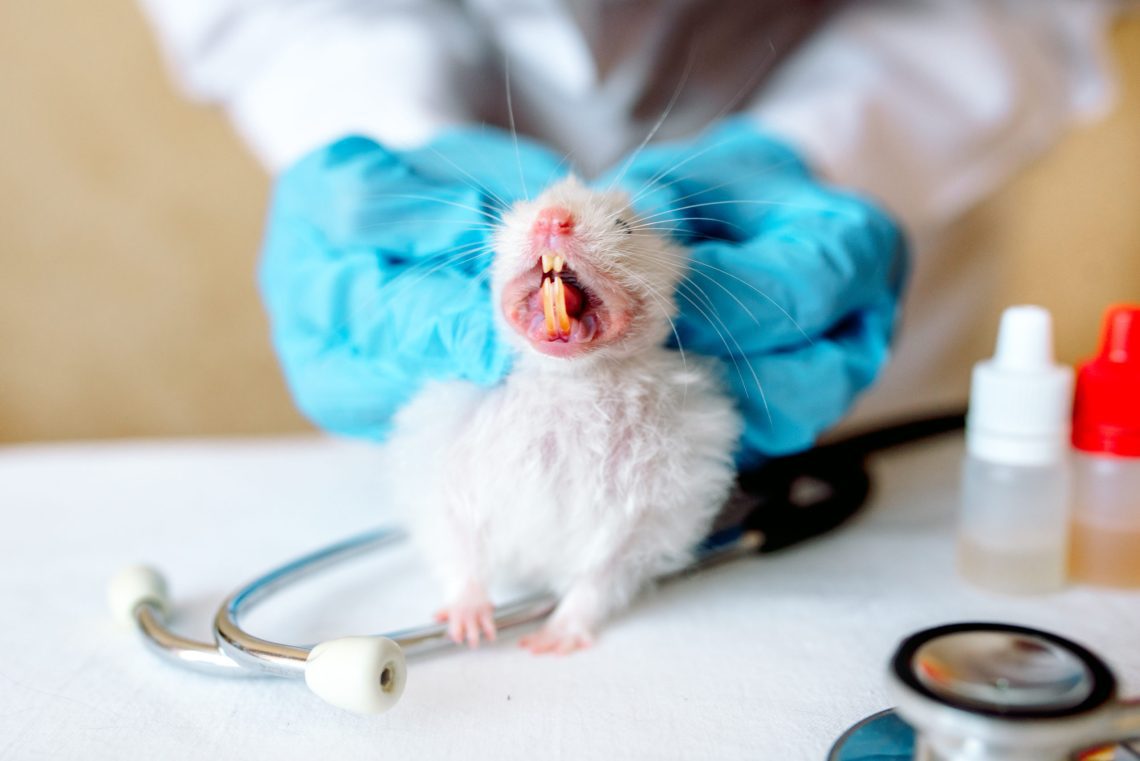
Hamster teeth: how many of them, why turn yellow and fall out (photo)
Hamster teeth are an important criterion for assessing the health of a rodent, because he was born to “gnaw”. The peculiarity of the front incisors is that they grow throughout life, so they constantly need to be undermined. To monitor the health of a pet, it is important to know how many teeth a hamster has. If you have never looked into your pet’s mouth, you might think that he only has two front “fangs”, but this is not so. The hamster has 16 teeth: these are 2 incisors on top, 2 on the bottom and 6 molars each for chewing food. At first glance, only 4 incisors are visible. To see the remaining 12, you need to lightly take the hamster by the mane, pull back the cheek pouches.
Contents
Why does a hamster have an “amber” smile?
These animals have yellow enamel, not white. If the incisors turned very yellow in a short period of time or a brown coating appeared, this may indicate old age or that there are a lot of dyes in the feed of the animal. If you are worried about yellowness, put aside bad thoughts, because a healthy hamster has incisors of this color. We figured out why the hamster has yellow teeth – for him it is quite natural.
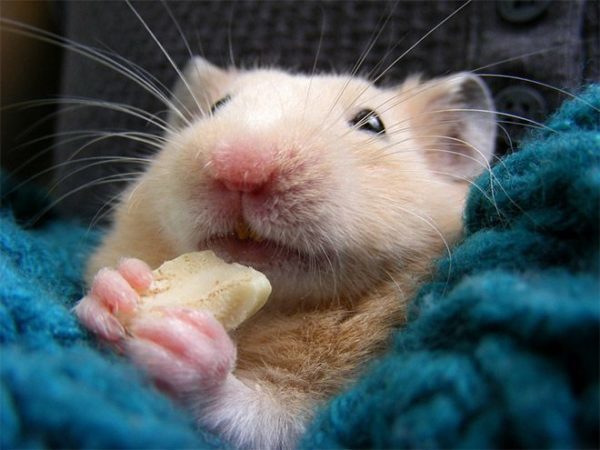
If you have a hamster, you have probably taken care of that by placing a chalk or mineral stone in the cage so that he can sharpen the incisors that grow all his life. Stones or twigs should always be in the little pet’s cage.
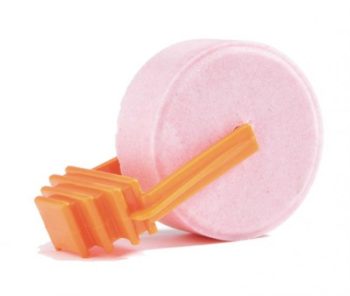
To properly care for the animal, study the structure of the hamster’s teeth. They do not have roots, so they grow without stopping. Due to the absence of nerve endings at the base, grinding is painless.
The expression “grinds its teeth” should not be taken literally: the animal gnaws on a solid object, as a result of which self-sharpening occurs. Nature has thought of everything: the rodent’s incisors are covered with enamel unevenly, on the front side – a strong layer, on the back – thin or absent. When the animal gnaws on hard objects, the incisors do not wear out evenly, but are sharpened like a chisel. The molars are also self-sharpening, because they have surfaces and irregularities.
When is dental care required?
Do hamster teeth fall out? Unfortunately, this happens. This is preceded by an injury due to which the tooth may fall out or break off. What to do if a hamster has a broken tooth? Don’t worry too much. If one of the incisors is broken, it must grow back. The task of the owner is to monitor the length and safety of the remaining teeth. After an injury, the animal will “protect” the incisors and not use them to the full, which leads to their rapid growth and incomplete grinding. This situation is dangerous, because the rodent will not be able to eat normally, the hamster’s teeth will have to be cut. A veterinarian can do this, the procedure is simple and the doctor will quickly remove the excess.
It’s not worth it to shorten long incisors on your own, but if you can’t see a doctor, try yourself as a specialist. For manipulation, take a cat nail clipper or nail clippers. It is important to cut off only the part that is superfluous. After normalizing the length, your intervention is not required, the hamster will continue to sharpen them on their own.
Features of the jaws of hamsters of different breeds
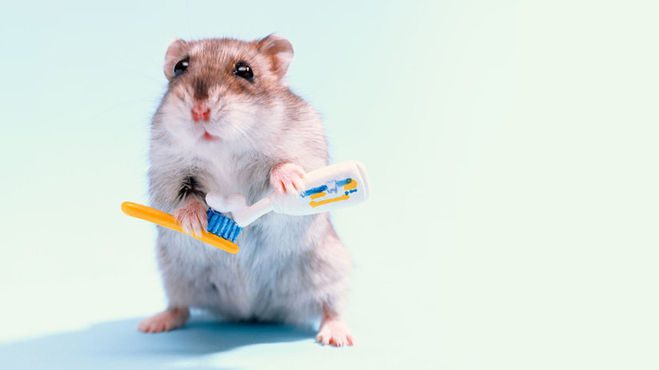
Teeth are a sore subject not only for humans, but also for some hamsters. Syrian and Dzungarian rodents are no exception. They often have violations of the incisors, this is due to genetics, injuries. The animal can get injured due to the habit of chewing everything, even what is not intended for this. One such bad habit is the metal bars of the cage. If there are problems with the teeth, they need to be solved immediately, otherwise the hamster will have a hungry diet – because of the pain, the baby will refuse to eat.
The most common problems for Dzungarians and Syrians:
- Incisors grow unevenly. Due to this problem, a number of other problems can develop, such as uneven grinding, ingrowth of incisors into the cheek pouches and palate. If the baby has lost weight, and feels discomfort with light pressure on the cheeks, this is an alarming bell. This can be inherited.
- The upper and lower incisors are broken. It is necessary to ensure that the tooth opposite the injured one is not too long.
How to prevent diseases?
You already know what kind of teeth hamsters have, but it is very important to learn how to properly care for them. To detect problems in time, periodically examine the jaws. The crumbs really do not like such manipulations and will try to escape. If, after pushing back the cheek pouches, you see even, straight teeth, and their length is proportional to each other, this means that everything is fine. It is important that calcium enters the hamster’s body in the right amount, check its content in the purchased feed.
Interesting facts and tips:
- The first symptom of problems with the jaws is increased salivation. This can happen if a tooth falls out;
- a hamster that grinds its teeth is most likely dissatisfied with something, has experienced a stressful situation, or something does not allow it to relax;
- fear can provoke a baby to inappropriate behavior. This gives an answer to the question why the hamster chatters his teeth. He can be angered by intrusive communication, strangers, and even smells;
- the cause of poor health of the rodent may be not closing the jaws, as a result of which food remains accumulate in the bags;
- curved incisors do not allow the animal to eat normally.
At the slightest suspicion that the hamster’s teeth hurt, show it to the veterinarian.
Video: all about hamster teeth
About hamster teeth and their health
3.9 (77.14%) 35 votes



